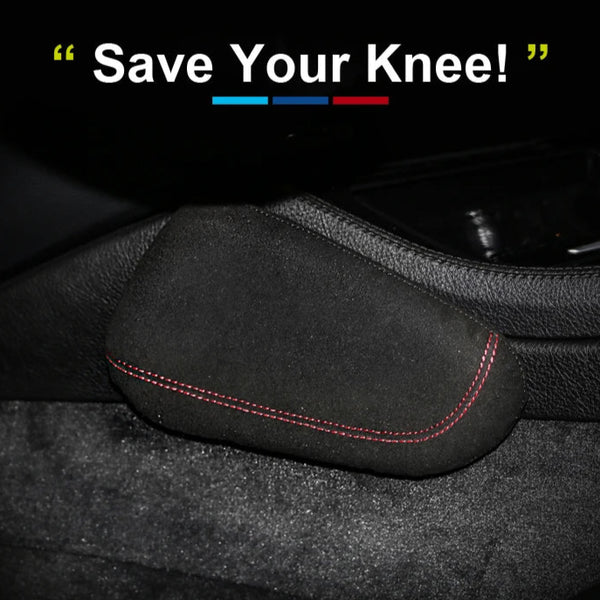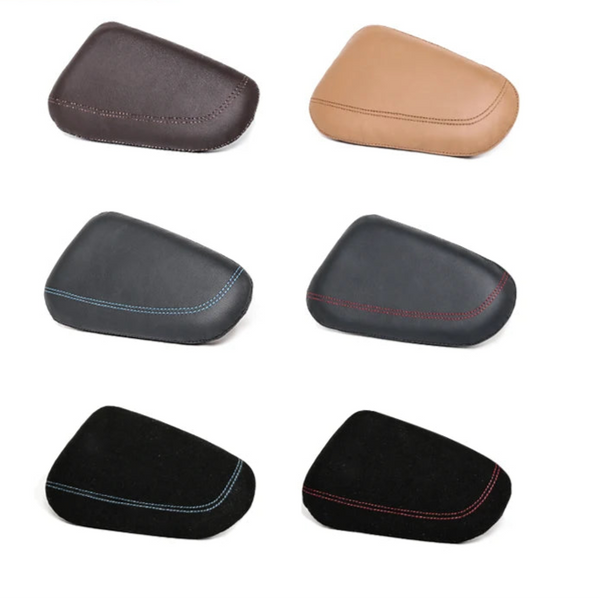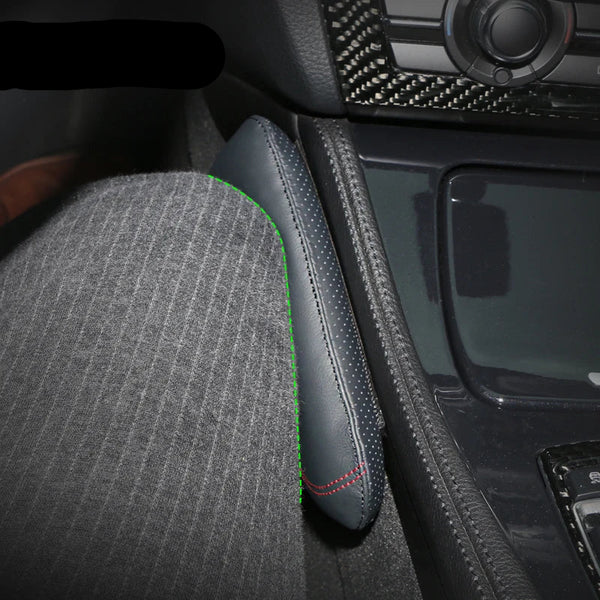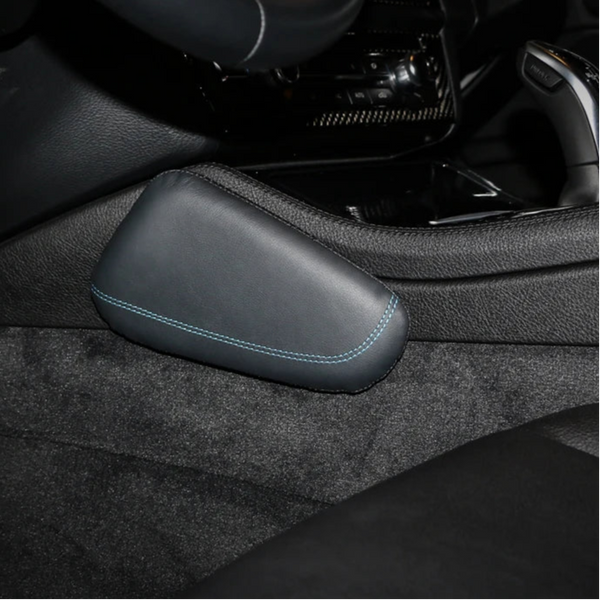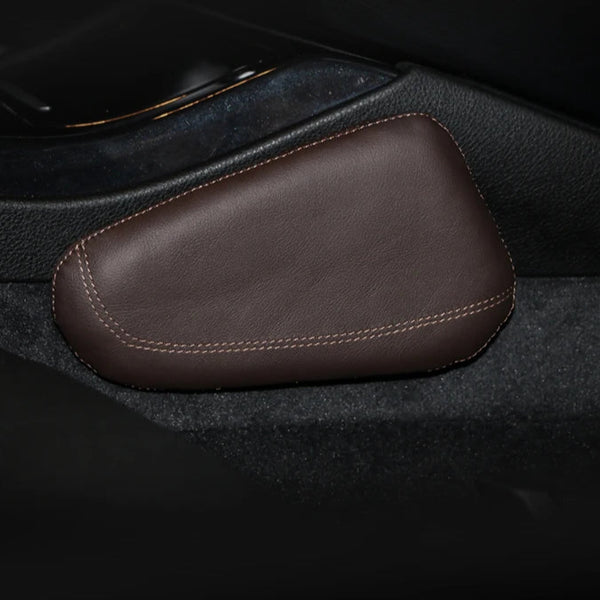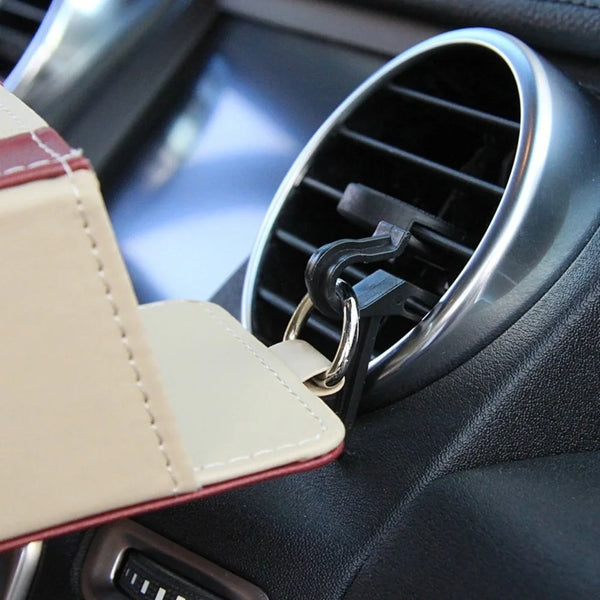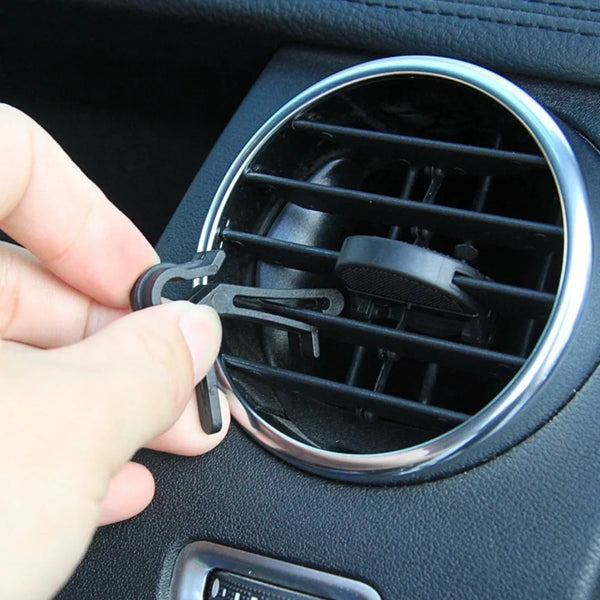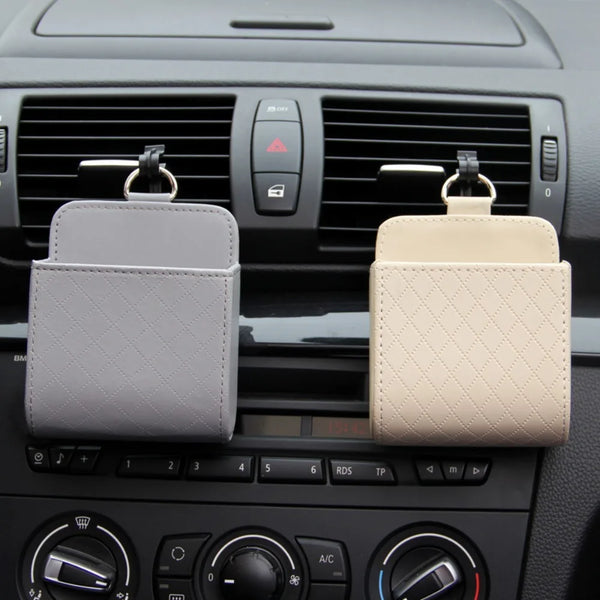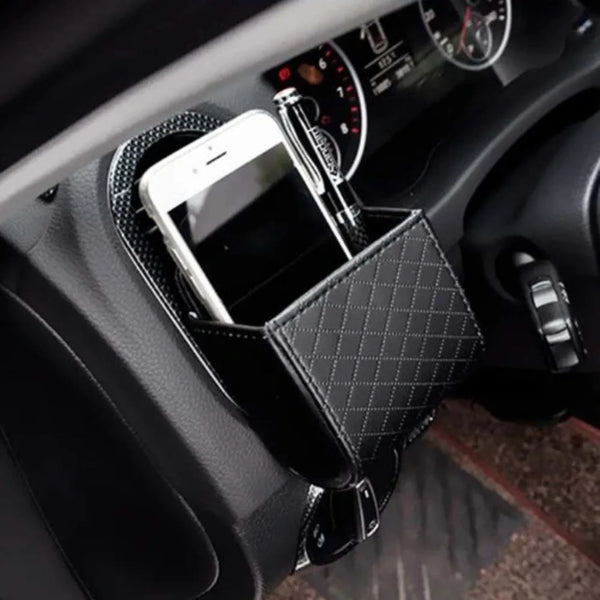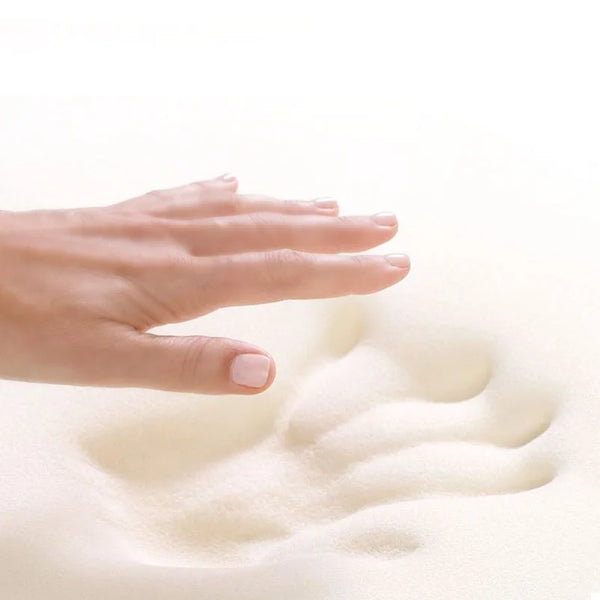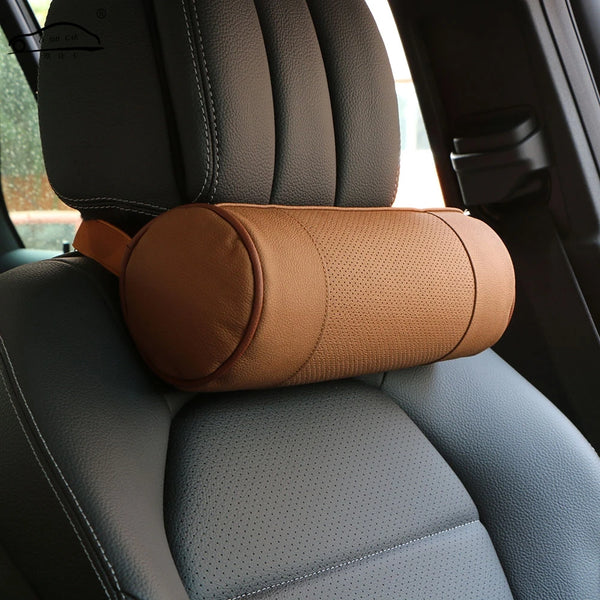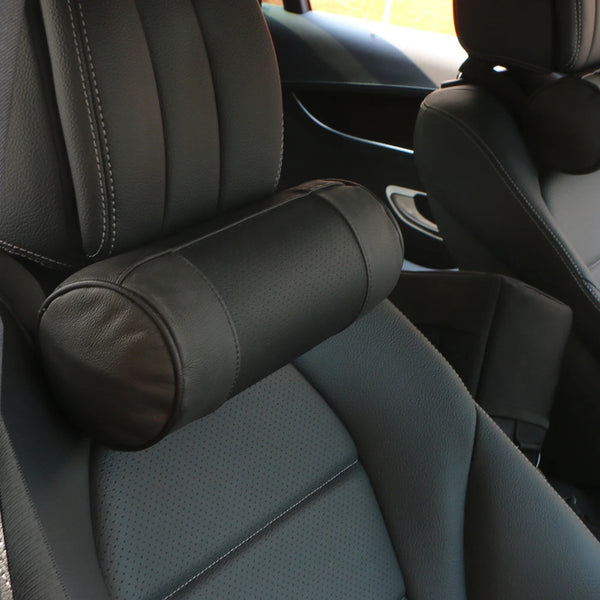Essential Tips for Safer Driving — Even If You Don’t Own a Tire Gauge
Tire pressure might seem like a small detail, but it plays a massive role in your car’s safety, fuel efficiency, and overall performance. Whether you’re a new driver, a rideshare operator, or managing a fleet, knowing how to check your tire pressure — even without a gauge — is a skill that can save you time, money, and potentially your life.
In this guide, we’ll walk through five practical ways to check tire pressure without any tools, explain why it matters, and share a real-world story that shows just how critical this knowledge can be.
🔧 5 Ways to Check Tire Pressure Without a Gauge
1. Visual Inspection
Start by simply looking at your tires. A properly inflated tire should appear round and firm, with no noticeable sagging or bulging at the bottom. If the tire looks flatter than usual or seems to be “sitting low,” it’s likely underinflated. Compare it to the other tires — uneven appearance is a red flag.
2. Thumb Press Test
Use your thumb or palm to press into the sidewall of the tire. If it feels soft or gives easily under pressure, that’s a sign the tire may be low. A properly inflated tire should feel firm and resist compression. While this method isn’t precise, it’s a quick way to spot obvious issues.
3. Coin Depth Test
Insert a coin (like a penny or quarter) into the tread grooves. If the coin sinks deeper than expected or the tread seems unusually shallow, it could indicate low pressure. Underinflated tires tend to flatten out and reduce visible tread depth. This method also helps you monitor tire wear.
4. Compare Tire Shape Across All Four Wheels
Walk around your vehicle and compare each tire’s shape and height. If one tire looks noticeably different — flatter, wider, or lower — it’s likely underinflated. This method is especially useful when parked on level ground.
5. Monitor Driving Feel and Handling
Pay attention to how your car feels while driving. If the steering feels heavy, the car pulls to one side, or you notice unusual vibrations, low tire pressure could be the culprit. These symptoms often show up before visual signs do.
🚨 Why It Matters: A Real Bronx Story
A commuter in the Bronx noticed her car drifting slightly to the right during her morning drive. She assumed it was the road or alignment and kept driving. A few days later, her rear tire blew out on the Cross Bronx Expressway during rush hour. She didn’t have a tire gauge, and she hadn’t checked her tires visually. The result? A dangerous roadside emergency, a tow bill, and a missed day of work.
This story isn’t rare. Many drivers — especially new ones — overlook tire pressure until it’s too late. But with just a few minutes and no tools, you can prevent blowouts, improve fuel economy, and extend the life of your tires.
💡 Pro Tips for New Drivers and Fleet Operators
• Check tire pressure weekly, especially before long trips or heavy usage
• Rotate tires regularly to ensure even wear
• Keep a portable air compressor or visit a local gas station with a tire pump
• Invest in a digital tire gauge when possible — they’re affordable and accurate
• Teach your team or household members these methods to build safer habits
🎥 Bonus Video I Recommend
If you prefer a visual walkthrough, here’s a short video that explains how to check tire pressure without a gauge:
👉 How to Check Your Tire Pressure Without a Gauge – Bob Hook Chevrolet
Note: I have no connection to this creator or channel — I just enjoyed the content and thought it was worth sharing.
📚 Sources
• The Tire Reviews – How To Check Tire Pressure Without A Gauge
• All Tire Chains – 5 Best Ways to Check Tire Pressure Without a Gauge
• TranspoTrends – Step-by-Step Guide
🛒 Ready to Ride Smarter?
Whether you’re looking for portable air compressors, digital tire gauges, or emergency roadside kits, we’ve got you covered.
👉 Visit RideWithChuck.com to shop gear that keeps you safe, prepared, and in control — no matter what road you’re on.



